Introduction
In the realm of culinary adventures, few ingredients evoke a sense of nostalgia and wildness quite like wild garlic, or Allium ursinum. This aromatic herb, often found thriving in forests and meadows during the spring season, boasts a flavor profile that is both bold and subtly sweet, reminiscent of its cultivated cousin but with an added layer of earthiness. One of the best ways to capture and preserve the essence of wild garlic is through pickling, a preservation technique that not only extends its shelf life but also enhances its flavor, making it a versatile addition to various dishes throughout the year. This guide delves into the art of pickling wild garlic, from sourcing and preparing the ingredient to crafting a tangy, savory brine that brings out its best qualities.
Sourcing Wild Garlic
The first step in making delicious pickled wild garlic is, of course, finding the fresh herb. Wild garlic thrives in shaded, moist areas, particularly in deciduous forests where it can be identified by its distinctive garlic aroma and clusters of small, star-shaped white flowers. It’s essential to harvest the bulbs and leaves responsibly, ensuring you are not disrupting the plant’s natural habitat or taking more than you need. Ideally, look for plants that are not in immediate danger of being trampled or otherwise damaged and avoid areas where pesticides or other contaminants might be present.

Harvesting should be done during the early spring when the leaves are young and tender, as they will have the most vibrant flavor. Older leaves can be quite fibrous and less appealing for pickling. Once collected, rinse the wild garlic thoroughly under cold running water to remove any dirt or debris, then pat it dry using a clean kitchen towel or air-dry it.
Preparing the Wild Garlic
Before pickling, you’ll need to prepare the wild garlic by separating the bulbs from the leaves, if possible. The bulbs tend to have a stronger garlic flavor and can be sliced thinly or crushed, depending on your preference for texture and intensity. The leaves, on the other hand, offer a milder, more delicate taste and can be chopped into fine ribbons or left whole for a more rustic appearance.
It’s important to note that wild garlic can have a stronger, more pungent flavor compared to domestic garlic, so be mindful of this when adjusting recipes. If you’re unsure about the strength, start with a smaller batch and taste test as you go.

Crafting the Pickling Brine
The brine is the magic behind any good pickle, and its composition can vary depending on personal taste and the intended use of the pickled wild garlic. A basic brine typically consists of vinegar, salt, sugar, and spices, but there are countless variations to explore.
Ingredients for Basic Brine:
- 1 cup apple cider vinegar or white wine vinegar
- 1/2 cup water
- 2 tablespoons sugar (optional, for balance)
- 1 tablespoon sea salt or kosher salt
- 1 teaspoon whole black peppercorns
- 1 teaspoon mustard seeds
- 1 bay leaf
- 1-2 cloves of garlic (optional, for added garlic flavor if desired)
- A few sprigs of fresh dill or thyme (optional, for aromatic depth)
Instructions for Making the Brine:
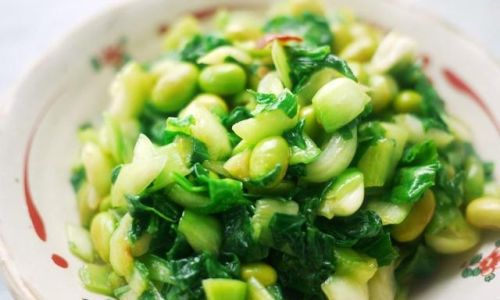
- In a medium saucepan, combine the vinegar, water, sugar, and salt. Heat until the sugar and salt are fully dissolved.
- Add the peppercorns, mustard seeds, bay leaf, and any additional garlic or herbs. Allow the mixture to simmer gently for about 5 minutes to infuse the flavors.
- Remove the saucepan from heat and let the brine cool to room temperature. This is crucial as adding hot brine to the wild garlic could cook it, resulting in a softer texture and less vibrant color.
Pickling the Wild Garlic
Once the brine has cooled, it’s time to pack the wild garlic into your pickling jars. Start by sterilizing the jars and their lids to prevent contamination. This can be done by boiling them in water for a few minutes or running them through the dishwasher on the hottest setting.
Layer the prepared wild garlic bulbs and leaves into the jars, packing them tightly but not so much that they are compressed and lose their shape. Pour the cooled brine over the garlic, ensuring it is completely submerged. If necessary, use a clean, non-reactive weight (like a small glass or ceramic stone) to keep the garlic submerged under the brine.
Seal the jars tightly and label them with the date. For best results, allow the pickled wild garlic to sit at room temperature for a few days to a week, depending on your desired level of tanginess. During this time, the flavors will meld together and the garlic will take on a delightful pickled texture.
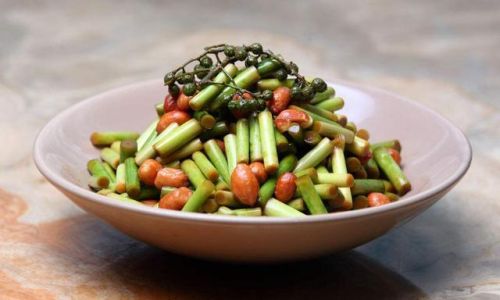
After the initial fermentation period, you can transfer the jars to the refrigerator to slow down the pickling process and extend their shelf life. Properly stored, pickled wild garlic can last for several months, making it a handy pantry staple for adding a burst of flavor to salads, sandwiches, pasta dishes, and more.
Serving and Using Pickled Wild Garlic
Pickled wild garlic is incredibly versatile and can elevate a wide range of dishes. Its tangy, garlicky flavor pairs wonderfully with creamy cheeses, roasted vegetables, and grilled meats. It also adds a refreshing note to salads and can be used as a garnish for soups and stews.
For a quick and easy appetizer, serve pickled wild garlic on a charcuterie board alongside cured meats, artisanal breads, and a selection of cheeses. Its bright acidity helps to cut through rich, fatty foods, making it an ideal companion for indulgent meals.
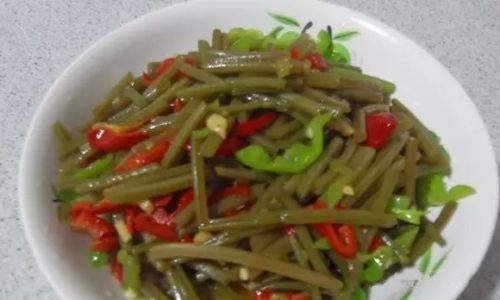
In the kitchen, don’t be afraid to experiment with pickled wild garlic. Try incorporating it into marinades for grilled vegetables or meats, or use it as a flavorful addition to homemade vinaigrettes and dressings. Its unique profile can also be a delightful surprise in sauces for pasta or as a topping for pizzas.
Conclusion
Preserving wild garlic through pickling is not only a practical way to extend its seasonal enjoyment but also a delightful culinary project that brings the flavors of the forest into your kitchen year-round. By carefully sourcing, preparing, and crafting a well-balanced brine, you can create a jar of pickled wild garlic that is as beautiful as it is delicious. Whether you’re a seasoned chef or a home cook eager to explore new ingredients, pickling wild garlic offers a rewarding journey into the world of wild flavors and preservation arts. So, the next time you stumble upon a patch of this aromatic herb in the wild, consider bottling its essence for future culinary adventures.
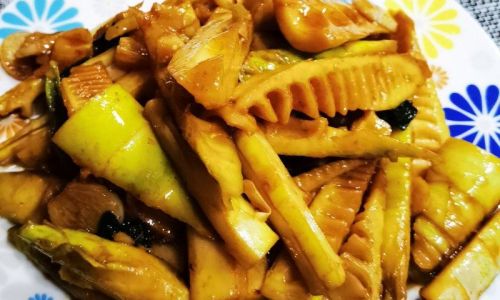
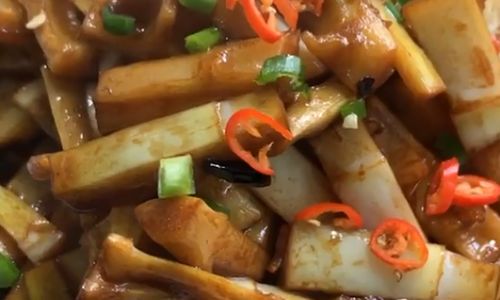
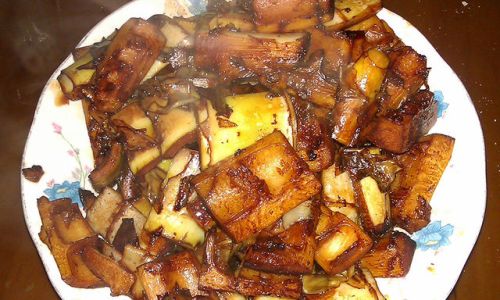
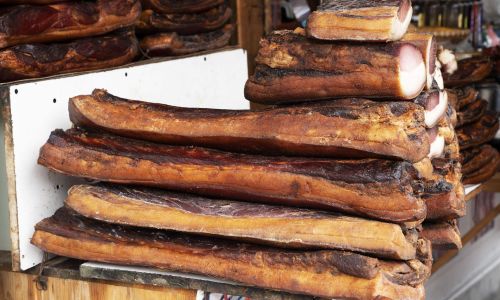
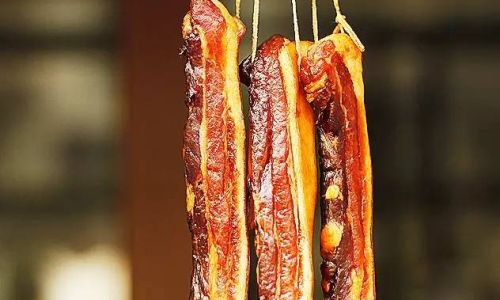
0 comments